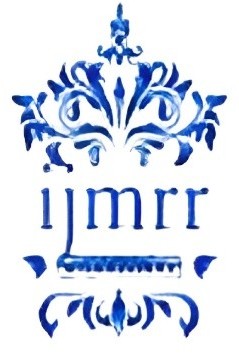Innovative Synthetic Approaches for Heterocyclic Scaffolds and Their Chemotherapeutic Applications
Keywords:
Heterocyclic compounds, Anticancer agents, Structure-activity relationship, Molecular docking, radiosensitizationAbstract
Cancer still represents one of the major causes of death worldwide, other options are therefore required for the pharmacotherapy with less side effects and high efficacy. This study presents the synthesis and design of novel heterocyclic scaffolds for cancer chemotherapy. The objectives of this study were to design economic synthetic methodologies for heterocycles, to enable the synthesis of new anticancer agents and to carry out studies on the structure-activity relationships (SAR). Several new heterocyclic derivatives were prepared and tested for their cytotoxic activity towards a panel of cancer cell lines. 3D QSAR modelling as well as molecular docking studies made us able to predict and optimize biological activities. Activities for the compounds 41, 45 and 50 were computed as 0.852453, 0.800144 and 0.965794, respectively (Table 1) which were very close with the activity of Vorozole. From the docking studies (Table 2) we observed favorable interactions with the aromatase receptor in terms of hydrophobic contacts and ideal geometry. Radiosensitizing assay in Table 3 revealed that 8b, 11a, 12a, 18b are powerful sensitizers for the γ irradiation-related cell-killing activity. The detailed characterization (Table 4 and 5) of the synthesized compounds 21a, 21b, 24a, 24b, 25a, 25b were obtained by full NMR and LC-MS in the structural integrity of the compounds. The results indicate that selection of these heterocyclic scaffolds will provide the basis for continued development of potent anticancer agents with potential for combination treatment modalities and radiation sensitization regimens.











